Creating and selling online courses has become more accessible than ever before. Video hosting platforms provide content creators with a powerful tool to share their expertise with a global audience. These platforms offer an all-in-one solution to host, manage, and monetize online courses, making it easier for instructors to focus on creating high-quality educational content. In this article, we’ll explore the top 8 video hosting platforms for online courses in 2024. Each platform offers unique features and benefits, catering to a diverse range of needs and preferences.
What Is an Online Course Platform?
An online course platform lets you create and host your own course, giving you complete creative control over the development process. Whether you’re a seasoned video producer or a beginner looking to supplement your educational inputs, this is an ideal way to get started.

You could host your course on your own website. There are disadvantages to keep in mind:
● There could be confusion among students about which course they are enrolled in and how to get support
● Making changes or deleting content can be difficult if you do not have the support of an instructor
● You may not make as much money as you would if the course were offered through a platform like Udemy or Coursera
● You may experience higher costs associated with hosting and maintaining your own website
A better alternative is to host your course on an online platform. Each has its own benefits and drawbacks inherent to its design and function. Which online platform is best for your course is ultimately up to you to decide based on your specific needs and goals. Here are some tips on how to choose an online platform for hosting your course:
1. Consider the features: Look for a platform that offers the features you need to create and deliver your course content effectively. Features to consider include video hosting, course creation tools, customization options, analytics, and marketing tools.
2. Evaluate pricing: Make sure you understand the pricing structure of the platform you’re considering. Look for a platform that offers transparent pricing and fits within your budget.
3. Check for support: Look for a platform that provides good support options, such as email support, phone support, or live chat. You’ll want to have a way to get help if you run into technical issues or have questions about using the platform.
4. Consider the user experience: Choose a platform that offers a good user experience for both you and your students. Look for a platform that’s easy to use and navigate, and that provides a good experience for your students when they’re taking your course.
5. Check for integrations: Look for a platform that integrates with other tools you use, such as your website, email marketing software, or learning management system. Integrations can make it easier to manage your course and reach your target audience.
The following is a list of the top 8 platforms to host your video course:
This post contains affiliate links. Please read our disclosure.
YouTube

YouTube has a massive user base, with over two billion monthly active users, making it an excellent platform for hosting online courses. It offers a wide range of features, including video editing tools, captioning options, and live streaming. YouTube also offers advanced analytics tools that can help content creators understand their audience and optimize their content for better engagement.
Pros of hosting your online course on YouTube:
1. Massive user base: YouTube has over two billion monthly active users, providing a vast potential audience for your online course.
2. Ease of use: YouTube offers a user-friendly platform for uploading and managing video content, making it accessible for both instructors and learners.
3. Cost-effective: YouTube provides free hosting for your videos, eliminating the need for expensive video hosting solutions.
4. Built-in community and engagement: YouTube’s commenting system allows for interaction with your audience, fostering engagement and feedback on your course content.
5. SEO benefits: YouTube is a search engine in itself, and optimizing your videos with relevant keywords can help improve their discoverability on the platform and even in general search engine results.
6. Monetization options: YouTube offers various monetization features such as ads, channel memberships, and Super Chat, allowing you to earn revenue from your course content.
Cons of hosting your online course on YouTube:
1. Limited control over branding and customization: YouTube provides limited options for customizing the look and feel of your course platform, which can limit brand consistency and control over the user experience.
2. Potential distractions: YouTube is primarily a video-sharing platform with a wide range of content. Learners may be exposed to distractions, such as suggested videos or unrelated content on the platform.
3. Lack of advanced course management features: YouTube is primarily designed for video sharing, and while it offers basic video analytics, it lacks advanced course management features such as quizzes, assessments, or progress tracking.
4. Potential copyright issues: YouTube’s content ID system can automatically flag and potentially restrict or monetize videos that contain copyrighted material, which may impact the inclusion of certain content in your course.
5. Limited revenue potential: While YouTube provides monetization options, the revenue potential from ads alone may not be as substantial as other dedicated course platforms that offer more robust pricing and monetization models.
6. Terms of service changes: YouTube’s terms and policies can change over time, which may impact how you can monetize your course or the overall terms of hosting your content on the platform.
2. Vimeo
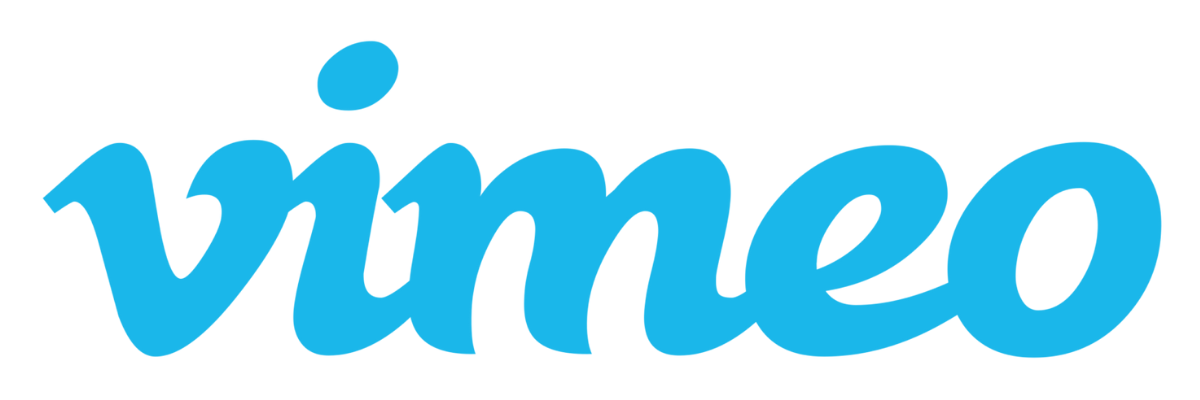
Vimeo is a video hosting platform that is popular among creative professionals. It offers a range of advanced features such as customizable video players, password protection, and analytics. Vimeo also offers high-quality video playback and customization options, making it a great choice for hosting courses that require high-quality video content.
Pros of hosting your online course on Vimeo:
1. High-quality video playback: Vimeo is known for its superior video quality, providing a professional and polished viewing experience for your online course.
2. Customizable video player: Vimeo offers extensive customization options for your video player, allowing you to brand it to align with your course and maintain a consistent visual identity.
3. Advanced privacy and security features: Vimeo provides robust privacy settings, including password protection, domain restrictions, and the ability to hide videos from public search results, ensuring that your course content remains accessible only to your intended audience.
4. Analytics and statistics: Vimeo offers detailed video analytics, providing insights into viewer engagement, geographic distribution, and other metrics to help you understand your audience and optimize your course content accordingly.
5. Ad-free viewing experience: Unlike YouTube, Vimeo provides an ad-free environment, ensuring that learners can focus solely on your course content without distractions.
6. Professional community: Vimeo is known for attracting a community of creative professionals, which can create networking opportunities and potentially attract a more focused audience for your course.
Cons of hosting your online course on Vimeo:
1. Limited free hosting options: Vimeo offers a limited amount of free hosting space, and beyond that, you may need to upgrade to a paid plan to accommodate larger course content, which can involve additional costs.
2. Smaller user base: While Vimeo has a dedicated user base, it may not have the same level of reach or audience size as platforms like YouTube, potentially limiting the exposure of your course.
3. Higher pricing: Vimeo’s premium plans can be more expensive compared to some other hosting platforms, especially if you require additional storage or advanced features.
4. Limited social engagement: Vimeo’s social features are not as robust as those offered by platforms like YouTube, which may impact the ability to build a community or foster discussions around your course content.
5. Less discoverability: While Vimeo offers a video-sharing platform, it is primarily geared toward professional and creative content. It may not provide the same level of discoverability or search engine optimization benefits as YouTube or other dedicated course platforms.
3. Wistia
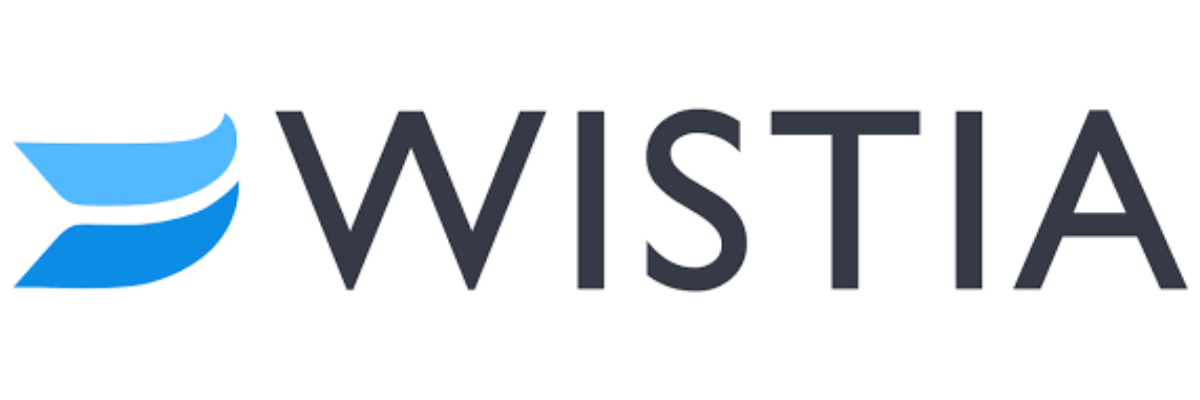
Wistia is a video hosting platform that specializes in business videos. It offers advanced analytics, lead capture, and integrations with popular marketing tools such as HubSpot and Marketo. Wistia also offers customization options, including video player skins and lead capture forms that can be embedded into videos.
Pros of hosting your online course with Wistia:
1. Video-focused platform: Wistia is primarily designed for hosting and managing video content. It provides advanced video hosting capabilities, such as customizable video players, player embedding options, and seamless playback across different devices.
2. Customization options: Wistia allows you to customize the appearance of your video player to match your branding and website design. You can add your logo, choose different player styles, and even add interactive elements like calls-to-action and email capture forms within the video player.
3. Analytics and insights: Wistia offers detailed analytics to track the performance of your videos. You can gain insights into viewer engagement, play rates, heatmaps, and viewer drop-off points. This data can help you optimize your course content and improve the learning experience.
4. Security and privacy: Wistia provides robust security measures to protect your course content. You can restrict access to your videos with password protection, domain restrictions, and IP address whitelisting. It ensures that only authorized users can access your course materials.
5. Marketing features: Wistia offers marketing integrations and features that can help you promote and grow your online course. You can add lead generation forms, call-to-action buttons, and annotations to your videos, allowing you to capture leads and drive conversions directly from your course content.
Cons of hosting your online course with Wistia:
1. Cost: Wistia’s pricing structure can be relatively higher compared to other video hosting platforms. While it offers a free plan with limited features, more advanced features and increased video storage come at a premium price. This cost may not be suitable for budget-constrained course creators.
2. Limited course management features: Wistia primarily focuses on video hosting and lacks comprehensive course management capabilities. If you require features like student progress tracking, quiz functionality, or a dedicated course structure, you may need to integrate Wistia with other learning management systems (LMS) or course platforms.
3. Learning management system (LMS) limitations: Wistia is not a full-fledged LMS. It does not provide built-in features like user enrollment, content sequencing, or discussion forums. You may need to use third-party tools or plugins to manage these aspects of your online course.
4. No built-in payment processing: Unlike some dedicated course platforms, Wistia does not offer built-in payment processing functionality. If you want to charge for your online course, you’ll need to set up payment processing separately and integrate it with your Wistia-hosted content.
5. Lack of interactive course features: While Wistia offers interactivity options within the video player, it may not have advanced interactive course features like assignments, assessments, or gamification. If these features are crucial for your course, you may need to consider additional tools or platforms to supplement Wistia’s capabilities.
4. Brightcove
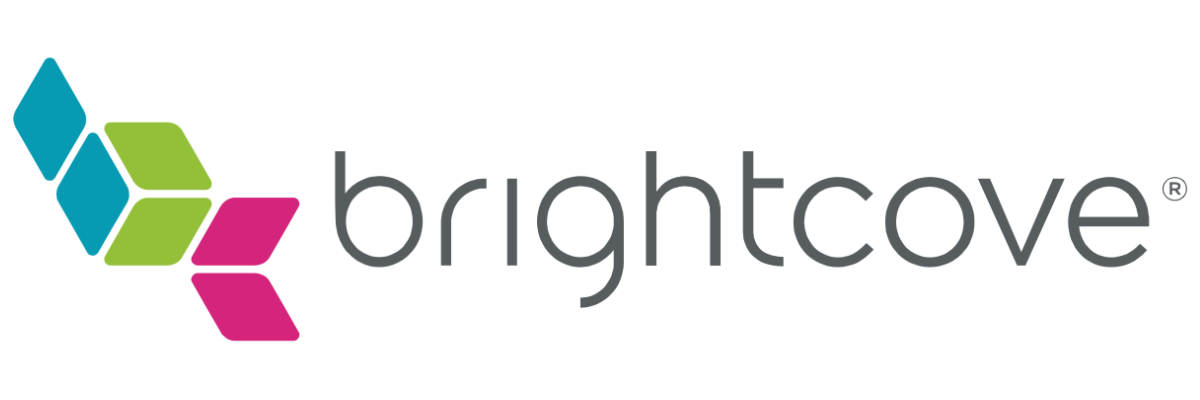
Brightcove is a video hosting platform that is designed for enterprise-level businesses. It offers a range of advanced features such as live streaming, monetization options, and integrations with popular content management systems such as WordPress and Drupal. Brightcove also offers advanced security features, including DRM and token authentication.
Pros of hosting your online course with Brightcove:
1. Scalable and reliable: Brightcove is known for its robust and scalable video hosting infrastructure. It can handle large volumes of video content and ensures reliable video playback across different devices and locations.
2. Advanced video management features: Brightcove offers a comprehensive set of video management tools. You can organize and categorize your course videos, create playlists, and manage video metadata effectively. It provides advanced search capabilities, making it easier for learners to find specific content within your course.
3. Security and access controls: Brightcove provides strong security measures to protect your course materials. You can implement access controls, such as password protection, domain restrictions, and IP address whitelisting, to ensure only authorized users can access your content. It also supports digital rights management (DRM) for additional content protection.
4. Monetization options: If you want to charge for your online course, Brightcove offers monetization features. You can integrate with payment gateways and set up pay-per-view or subscription-based models for your course. This allows you to generate revenue from your educational content.
5. Integration capabilities: Brightcove provides extensive integration options with other platforms and systems. You can seamlessly integrate it with your existing learning management system (LMS) or course platform, allowing for a unified learning experience. It also integrates with analytics tools, advertising platforms, and social media platforms, providing you with a holistic ecosystem for managing and promoting your course.
Cons of hosting your online course with Brightcove:
1. Complexity and learning curve: Brightcove is a powerful and feature-rich platform, but its extensive capabilities can result in a steeper learning curve for beginners. It may require some time and effort to become proficient in using all the available features and settings.
2. Higher pricing: Brightcove’s pricing tends to be higher compared to some other video hosting platforms. It offers various pricing tiers based on the level of features and video storage required. The cost may be a consideration, particularly for smaller course creators or those on a limited budget.
3. Limited course-specific features: While Brightcove provides robust video hosting and management capabilities, it may lack specific features required for online courses, such as student progress tracking, quiz functionality, or a structured course format. You may need to rely on additional tools or integrate with a dedicated LMS or course platform to address these needs.
4. Customization limitations: Brightcove offers some customization options for video players, but it may have limitations compared to specialized course platforms. If extensive customization and branding options are crucial for your online course, you may need to explore alternative solutions.
5. Support and documentation: Some users have reported mixed experiences with Brightcove’s customer support. While they provide documentation and resources, the level of support and responsiveness may vary. It’s important to assess your reliance on support and consider the available resources when choosing Brightcove as your hosting platform.
5. Kaltura
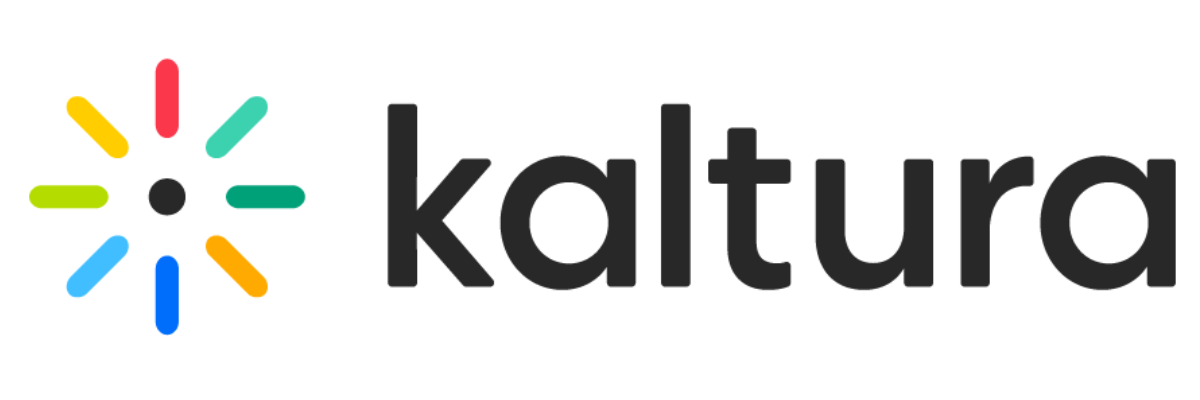
Kaltura is a video hosting platform that is designed for education and media companies. It offers advanced features such as video quizzes, interactive transcripts, and integrations with popular learning management systems such as Blackboard and Canvas. Kaltura also offers a range of tools for managing and delivering video content, including automatic transcoding and distribution options.
Pros of hosting your online course with Kaltura:
1. Comprehensive video platform: Kaltura offers a comprehensive video platform with a wide range of features for hosting and managing your online course videos. It provides robust video encoding, storage, and delivery capabilities, ensuring high-quality playback across various devices and internet connections.
2. Flexible customization options: Kaltura allows you to customize the appearance and functionality of your video player to match your branding and course design. You can customize the player skin, add logos, and incorporate interactive elements like calls-to-action, quizzes, and captions. This flexibility enables you to create an engaging learning experience.
3. Learning management system (LMS) integration: Kaltura seamlessly integrates with various learning management systems (LMS) and course platforms. It can be integrated as a video solution within your existing LMS, allowing you to manage and deliver your course content from a centralized platform. This integration streamlines the learning experience for your students.
4. Collaboration and social learning features: Kaltura offers collaborative features that enhance the learning experience. You can enable video commenting, discussions, and sharing capabilities, fostering engagement and interaction among students. These social learning features can facilitate peer-to-peer learning and community building within your course.
5. Analytics and engagement tracking: Kaltura provides robust analytics and engagement tracking tools. You can gain insights into video engagement metrics, such as play rates, drop-off points, and viewer interaction. This data helps you assess the effectiveness of your course content and make data-driven improvements to enhance student engagement and retention.
Cons of hosting your online course with Kaltura:
1. Complexity for beginners: Kaltura’s extensive feature set and configuration options may result in a learning curve for beginners. It can take time and effort to navigate and understand the platform’s capabilities fully. Adequate training or technical expertise may be necessary for smooth implementation and utilization.
2. Cost considerations: Kaltura’s pricing structure is generally based on enterprise and institutional needs. It may not be as cost-effective for individual course creators or small-scale projects. Pricing can vary based on factors like the number of users, video storage, and bandwidth requirements, so it’s essential to evaluate your budget and scalability needs.
3. Support limitations: While Kaltura provides support resources and documentation, the level and responsiveness of customer support may vary. Some users have reported mixed experiences with support, which could be a consideration if timely assistance is crucial for your online course.
4. Learning management system (LMS) limitations: Although Kaltura integrates with popular LMS platforms, it is not a full-fledged LMS itself. It may lack certain features commonly found in dedicated course platforms, such as student progress tracking, assignment management, or comprehensive grading systems. You may need to supplement Kaltura with other tools or platforms to fulfill these requirements.
5. Additional configuration and management: Implementing Kaltura for your online course requires additional configuration and management compared to using a dedicated course platform. You need to set up and maintain the integration with your LMS or course platform, manage user access, and ensure a smooth user experience across platforms.
6. Panopto
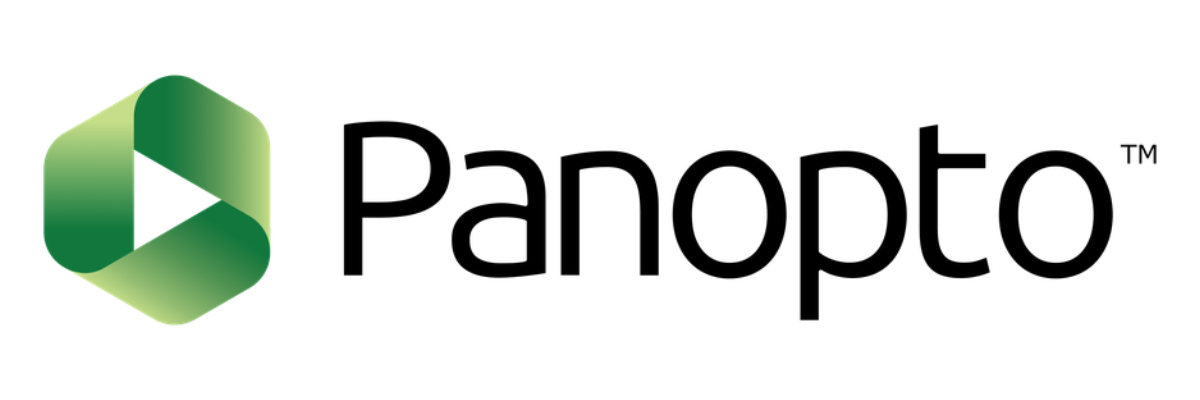
Panopto is a video hosting platform that is designed for businesses and educational institutions. It offers advanced features such as video editing tools, automatic captioning, and integrations with popular content management systems such as SharePoint and Salesforce. Panopto also offers a range of analytics tools that can help content creators understand their audience and optimize their content for better engagement.
Pros of hosting your online course with Panopto:
1. Robust video management: Panopto offers a comprehensive video management platform that covers video hosting, recording, editing, and streaming. It provides a user-friendly interface for uploading, organizing, and managing your course videos efficiently.
2. Integration with learning management systems (LMS): Panopto seamlessly integrates with popular learning management systems (LMS), allowing you to deliver your course content directly within your LMS environment. It simplifies the process of managing and distributing videos to your students, ensuring a cohesive learning experience.
3. Interactive features: Panopto offers interactive features that enhance student engagement. You can incorporate quizzes, polls, and discussions directly into your videos, enabling active learning and feedback collection. These features promote interactivity and increase learner participation within the course.
4. Video analytics and insights: Panopto provides comprehensive video analytics that give you valuable insights into viewer engagement. You can track metrics like views, watch times, and viewer drop-off rates. This data helps you assess the effectiveness of your course content and make data-driven improvements to enhance student learning outcomes.
5. Advanced search capabilities: Panopto’s platform includes advanced search functionality that allows learners to find specific content within your course easily. It can search for keywords, text within video captions, and even objects within videos using AI-powered visual search. This makes it easier for students to locate relevant information and review specific topics.
Cons of hosting your online course with Panopto:
1. Limited customization options: Compared to specialized course platforms, Panopto’s customization options may be relatively limited. While you can add quizzes and discussions within videos, the overall branding and customization of the video player may be less flexible. If extensive customization is a priority, you may need additional tools or platforms.
2. Pricing considerations: Panopto’s pricing structure is typically geared toward enterprise and educational institutions. The cost may be higher compared to some other video hosting solutions, making it less suitable for individual course creators or smaller projects with limited budgets. It’s important to evaluate the pricing plans and consider your specific needs and budget constraints.
3. Learning management system (LMS) dependency: Panopto’s integration primarily relies on connecting with an LMS. While this is beneficial if you already have an LMS in place, it may pose challenges if you don’t use an LMS or if your preferred LMS doesn’t support Panopto integration. You may need to explore alternative integration options or consider other hosting platforms.
4. Learning curve for beginners: Panopto’s feature-rich platform may require some learning and familiarization, especially for beginners. While the user interface is generally intuitive, getting acquainted with all the features and functionality may take time. Adequate training or support may be necessary for a smooth implementation.
5. Limited course-specific features: While Panopto offers interactive features like quizzes and discussions, it may not have all the course-specific features found in dedicated course platforms. If you require comprehensive assignment management, grading systems, or student progress tracking, you may need to integrate Panopto with other tools or platforms.
7. Udemy
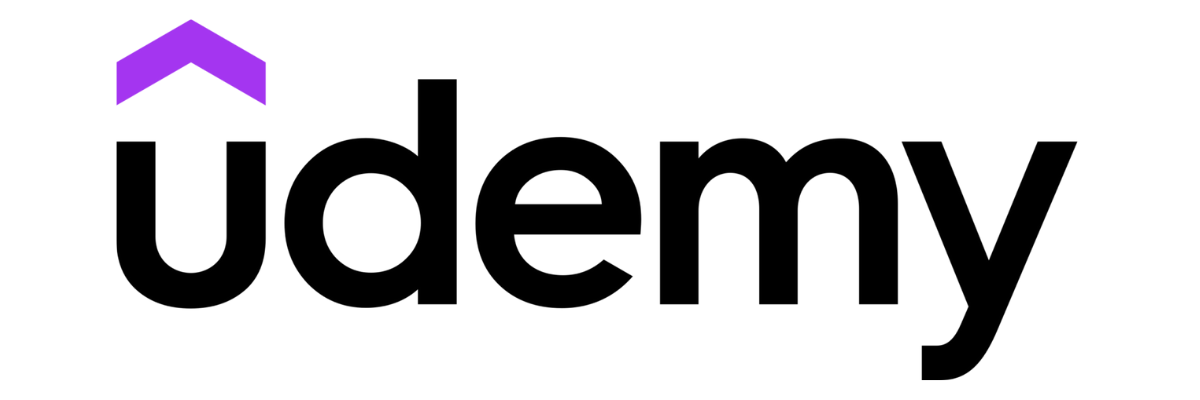
Udemy is an online learning platform that allows instructors to create and sell courses on a variety of topics, including video courses. It offers a range of tools for instructors, including course creation tools, marketing tools, and analytics. Udemy also has a large student base, making it a popular choice for instructors looking to reach a wide audience. With Udemy, instructors can create courses in various formats, including video, audio, and text-based formats.
Pros of hosting your online course with Udemy:
1. Large student audience: Udemy is one of the most popular online learning platforms with a vast user base. By hosting your course on Udemy, you gain access to a large audience of potential learners who actively search for courses on the platform. This can help you reach a wider audience and increase the visibility of your course.
2. Built-in marketing and promotion: Udemy provides built-in marketing and promotional features to help you attract students to your course. The platform has its own marketplace, where users can search for and enroll in courses. Udemy also runs promotional campaigns and offers discounts, which can help drive enrollment to your course.
3. Course creation tools: Udemy offers a user-friendly course creation interface with built-in tools to help you create and structure your course content. It provides templates, video upload options, and assessment features, making it relatively easy to develop your course materials without extensive technical knowledge.
4. Revenue potential: Udemy offers a revenue-sharing model where you can earn income from your course sales. Although the revenue split may vary based on factors like course pricing and student acquisition method, Udemy’s marketplace and promotional efforts can potentially generate significant revenue for successful courses.
5. Student engagement features: Udemy provides features to foster student engagement within your course. You can incorporate quizzes, assignments, and discussions to encourage interaction and enhance the learning experience. The platform also allows for direct communication with your students, enabling you to address their questions and provide support.
Cons of hosting your online course with Udemy:
1. Pricing limitations: Udemy has a fixed pricing structure, and as an instructor, you have limited control over the pricing of your course. The platform often promotes discounted prices and runs frequent sales, which may impact the perceived value of your course. It’s important to carefully consider the potential earnings and profitability under Udemy’s pricing model.
2. Limited control over the learning experience: Udemy’s platform is designed to provide a consistent learning experience across courses. While this ensures a familiar user interface for learners, it may limit your ability to customize the course experience to your specific preferences or branding requirements.
3. Revenue-sharing model: While the revenue-sharing model can be advantageous for reaching a large audience, it also means that Udemy takes a percentage of your course sales as a commission. This revenue split may not be as favorable as selling courses independently through other platforms or hosting your course on your own website.
4. Limited learner data access: Udemy retains ownership of the student data on its platform, which means you have limited access to detailed learner analytics and information. While Udemy provides some basic analytics, you won’t have direct access to student contact information or detailed data for marketing purposes outside of the platform.
5. Competition and course visibility: Udemy hosts a vast number of courses, which means there is significant competition within the platform. Ensuring your course stands out and gains visibility among the thousands of other offerings can be challenging. Effective marketing and promotion, as well as high-quality course content, are crucial to attract students in a crowded marketplace.
8. Thinkific

Thinkific is a robust and user-friendly platform designed for creating, marketing, and selling online courses. It caters to educators, entrepreneurs, and businesses looking to deliver professional learning experiences. With Thinkific, users can easily design multimedia-rich courses, integrate quizzes and assignments, and manage student progress. The platform offers a range of customization options, allowing course creators to brand their courses uniquely. Thinkific also provides powerful marketing tools, including landing pages, email marketing, and seamless integrations with various third-party applications. Its scalability, reliability, and support make it an ideal choice for those seeking a comprehensive solution to host and grow their online education offerings.
Thinkific Pros and Cons
Pros
- User-Friendly Interface: Thinkific offers an intuitive and easy-to-navigate interface, making it accessible for creators with varying levels of technical expertise.
- Comprehensive Course Creation Tools: Thinkific provides a wide range of tools for creating online courses, including video, quizzes, assignments, and surveys, allowing for a rich, multimedia learning experience.
- Customizable Course Pages: Users can customize their course pages with Thinkific’s flexible design options and templates, ensuring a professional and branded appearance.
- Flexible Pricing Options: Thinkific allows creators to set up various pricing models for their courses, including one-time payments, subscriptions, memberships, and payment plans.
- Built-In Marketing Tools: The platform includes integrated marketing tools, such as email automation, landing pages, and coupons, to help creators promote their courses effectively.
- Student Management: Thinkific offers robust student management features, including progress tracking, course completion certificates, and automated emails to enhance student engagement and retention.
- Integration with Third-Party Tools: Thinkific seamlessly integrates with numerous third-party tools, such as email marketing services, CRMs, and analytics platforms, to expand its functionality.
- Secure Hosting: Thinkific ensures the security of your content and student data with features like SSL encryption, regular backups, and secure payment processing.
- 24/7 Customer Support: Thinkific provides round-the-clock customer support, offering help via live chat, email, and a comprehensive knowledge base.
- No Transaction Fees: Thinkific does not charge transaction fees on course sales, allowing creators to retain more of their revenue.
Cons
- Limited Free Plan: Thinkific’s free plan has limited features, which may not be sufficient for creators looking to fully utilize the platform without upgrading to a paid plan.
- Learning Curve for Advanced Features: While the basic features are user-friendly, some of the more advanced functionalities may have a steeper learning curve for new users.
- Cost for Additional Features: Some advanced features and integrations are only available on higher-tier plans, which can be costly for creators on a budget.
- Basic Website Customization: Although Thinkific offers customization options, they can be somewhat limited compared to dedicated website builders, potentially restricting design flexibility.
- No Built-In Payment Processing for International Currencies: Thinkific’s payment processing options might be limited for international transactions, requiring the use of third-party services for non-USD currencies.
- Email Marketing Limitations: The built-in email marketing tools, while useful, may not be as robust as standalone email marketing platforms, necessitating external integrations for advanced email marketing needs.
- Mobile Experience: While Thinkific is mobile-friendly, the mobile experience for both creators and students could be improved for more seamless interaction on smartphones and tablets.
- Reporting and Analytics: The reporting and analytics features, though functional, may lack the depth and customization options found in more specialized analytics tools.
- Course Completion Tracking: Some users find the course completion tracking to be less intuitive, which can affect the student experience and progress monitoring.
- Community Building: While Thinkific offers basic community-building features, it lacks the comprehensive membership site capabilities found in some other platforms, which may be a drawback for creators focusing on community engagement.
Conclusion
When it comes to hosting an online course, choosing the right platform can make all the difference. There are several factors to consider when deciding which platform to use, such as your target audience, the course content, and your budget. It’s important to look for a platform that is user-friendly, has a good reputation, and offers the features you need, such as video hosting, interactive tools, and analytics. You’ll also want to consider whether the platform offers marketing and promotional tools to help you reach your target audience. Ultimately, choosing the right platform will help ensure that your course is successful and reaches the widest possible audience.
If you’re thinking about turning your content into a steady income stream, you’ll find useful insights in this article on the best membership site platforms. It covers what to look for and how to choose the right setup based on your goals.